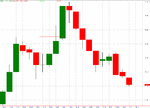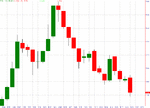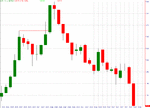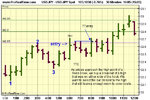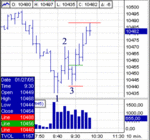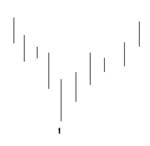Naz
Experienced member
- Messages
- 1,391
- Likes
- 25
I'll catch up later.However in daytrading many of these hooks fail like this one just has on apple.
Many day traders know all these set ups written in the books,they know what all the rules for entry are and traders will anticipate the public coming in at these points and sell out to them.
Many day traders know all these set ups written in the books,they know what all the rules for entry are and traders will anticipate the public coming in at these points and sell out to them.

